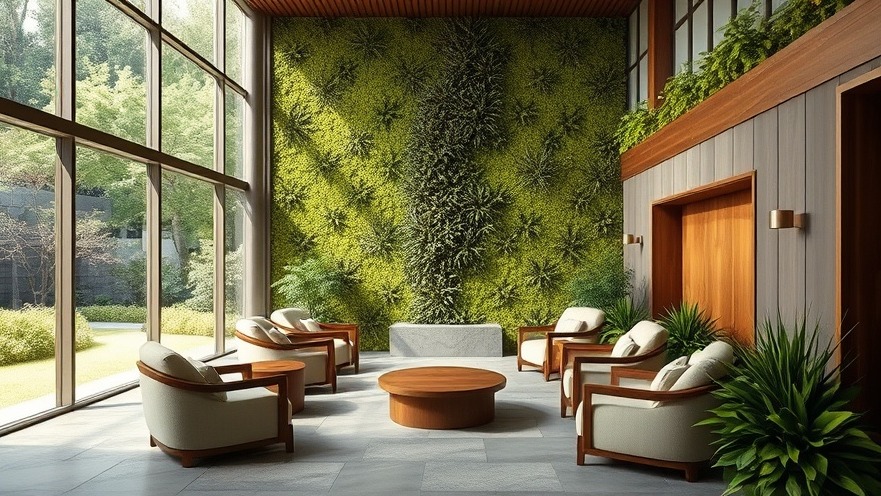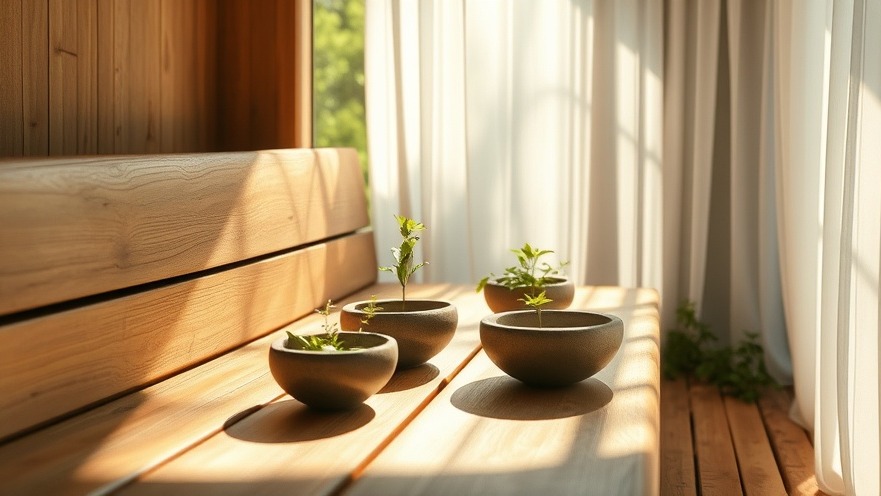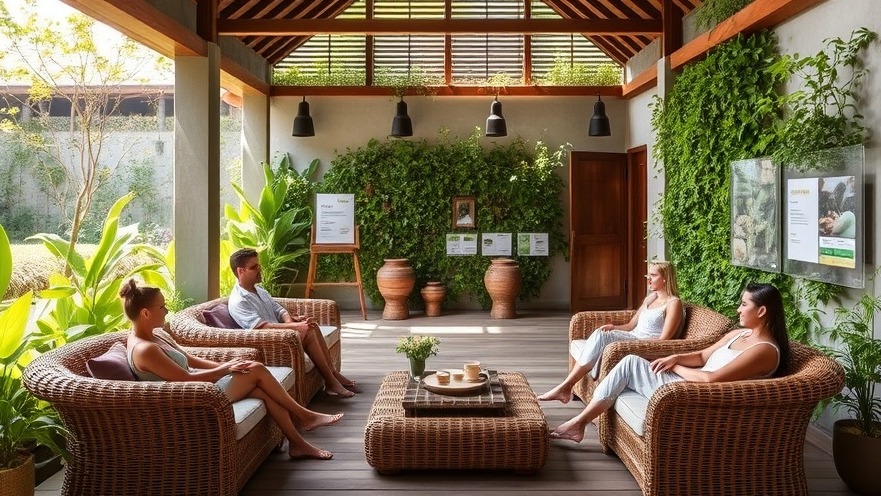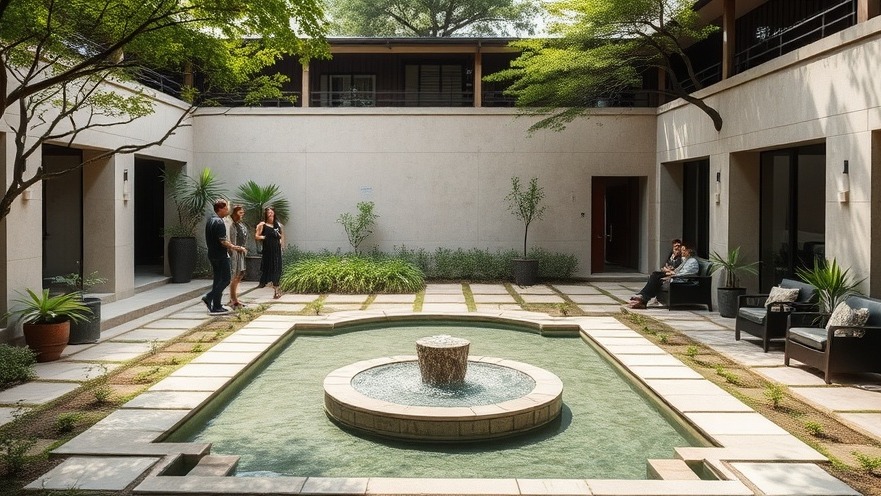
Stepping Into a Living Sanctuary
Picture this: a guest walks into your spa and immediately slows their pace. They pause, drawn to a wall alive with greenery.
Sunlight spills across soft stone floors, while the subtle scent of cedarwood lingers in the air. Even before the first treatment begins, relaxation has already set in.
This is the promise of eco-luxury, where biophilic design—the art of blending the built environment with nature—reshapes what luxury wellness looks and feels like.
For spa leaders, it’s no longer a niche concept. It’s a growing expectation that has the power to set your business apart.
The Roots of Biophilic Design
The philosophy stems from a simple truth: people are healthier and happier when they feel connected to nature.
Researchers like Stephen Kellert and Bill Browning helped shape the field, showing that light, fresh air, textures, and patterns found in the natural world support human wellbeing.
“Biophilic designs calm your nervous system and reduce anxiety.” — 1 Hotels Sustainability Guide
For spas, this means design is no longer just aesthetic. It’s functional wellness. Every window, surface, and material choice influences how guests feel.
And when they feel calmer in your space, the services you provide become even more powerful.

When Luxury Turned Toward Nature
In recent years, eco-luxury moved from concept to reality thanks to both guest demand and bold innovation.
Traveler expectations are changing. According to Booking.com’s 2025 report, 93% of global travelers now want to make sustainable choices.
Hotels raised the bar. London’s 1 Hotel Mayfair debuted with a chandelier made from living moss and a Bamford Wellness Spa designed with reclaimed wood and natural stone. In India, Six Senses Vana replaced diesel systems with clean energy and created guest spaces filled with daylight and greenery.
The pandemic reset. Guests emerging from long lockdowns craved both healing and nature, making eco-luxury retreats some of the most in-demand wellness destinations.
“It’s not about sticking a few potted plants in a room. It’s about designing with intent — weaving nature into every choice.” — Amanda Sturgeon, Author of Creating Biophilic Buildings
That intent is what elevates a spa from simply stylish to truly restorative.
Designing With Nature’s Blueprint
Designers often talk about the patterns of nature, but what does that mean for a spa? It can be as simple as:
Light that shifts with the day. Guests wake up with bright morning light in a yoga studio and wind down with warm evening glow in a relaxation lounge.
Textures that ground the senses. Stone walls, bamboo ceilings, or linen drapes create tactile comfort.
Spaces that balance openness and retreat. A treatment room may feel cocoon-like, while a garden deck offers expansive views.
Subtle sensory cues. Flowing water in a courtyard, or a gentle breeze created through natural ventilation, remind guests they’re connected to the world outside.
“When we design with nature in mind, we create spaces that don’t just look good, they feel good.” — Oliver Heath, Biophilic Designer
For spa leaders, the payoff is twofold: guests feel instantly calmer, and staff work in an environment that supports their own wellbeing. Happier teams often deliver better service.
Technology has a supporting role. Platforms like EcoStruxure manage lighting and climate efficiently, while ESG tools such as Measurabl help businesses track and share sustainability progress.
Together, design and data create a wellness story guests can believe in.

What Sets True Eco-Luxury Apart
With sustainability becoming a buzzword, guests are quick to sense what’s authentic.
Independent certifications such as EarthCheck, Green Key, and GSTC-recognized programs prove your spa is meeting rigorous standards.
Guest experiences speak louder than décor. At 1 Hotel Brooklyn Bridge, one reviewer noted, “There isn’t a public space that doesn’t bring the focus back to nature.”
Philosophy, not a checklist. Brands like Aman and Six Senses don’t just “add” greenery. They design entire guest journeys around natural connection, from architecture to spa treatments.
“Biophilic design is most powerful when paired with regenerative practices — when a building doesn’t just reduce harm but actively heals its place.” — Amanda Sturgeon
For spas, this means moving beyond appearances. Authentic eco-luxury is a lived philosophy that guests feel the moment they walk in.
Bringing Biophilia Into Your Spa
The beauty of biophilic design is that it doesn’t have to be an all-or-nothing renovation. Even small shifts can transform the guest experience.
Open up natural light wherever possible. A single skylight can change the mood of a treatment room.
Replace artificial surfaces with wood, stone, or linen that feel warm and real.
Use live plants or living walls to soften the environment and improve air quality.
Incorporate natural scents and soundscapes to create a multi-sensory experience.
Encourage staff to share the story — when guests understand the thought behind your choices, their appreciation deepens.
“Small steps in biophilic design can make a big difference in how people feel in a space.” — Oliver Heath
These changes not only elevate the spa experience but also give you compelling stories for your marketing. “Our relaxation lounge is designed to mirror the rhythms of nature” is a powerful statement for both your website and your guests.

Rooted in Nature, Growing Into the Future
Eco-luxury and biophilic design are not passing trends. They represent the future of wellness — a future where spaces restore people while honoring the planet.
Key Lessons:
True luxury is now defined by authenticity, wellbeing, and sustainability.
Design choices directly shape how guests experience your spa.
Verified certifications and transparent practices build trust and loyalty.
“The décor was beautiful, but what I’ll remember is how calm I felt. It was like the building itself was taking care of me.” — Guest review of a biophilic hotel
That’s the kind of feedback every spa leader dreams of. Guests don’t just remember the massage or facial — they remember the way the space itself made them feel.
The opportunity is clear. Spas that bring nature inside will set the standard for tomorrow’s wellness. The question is no longer if eco-luxury matters — it’s how quickly you’ll make it part of your story.
Explore deeper analysis on spa business trends, treatment evolution, and market shifts in the Industry Trends category, or visit Spa Front News for more industry intelligence and wellness inspiration.
—
Authored by the Spa Front News Editorial Team — a publication of DSA Digital Media, dedicated to elevating the spa industry with expert insights, treatment breakthroughs, and destination features for spa owners, managers, and wellness leaders.
 Add Row
Add Row  Add
Add 




Write A Comment